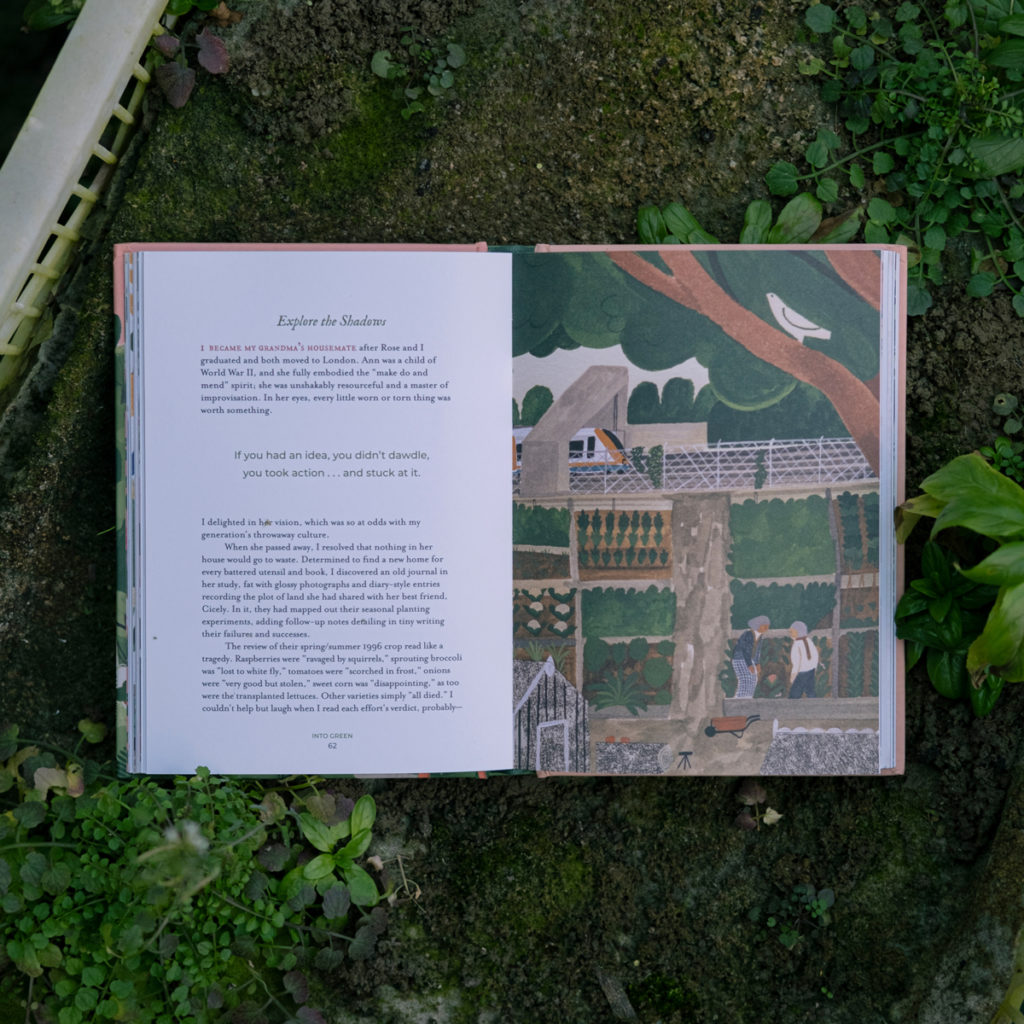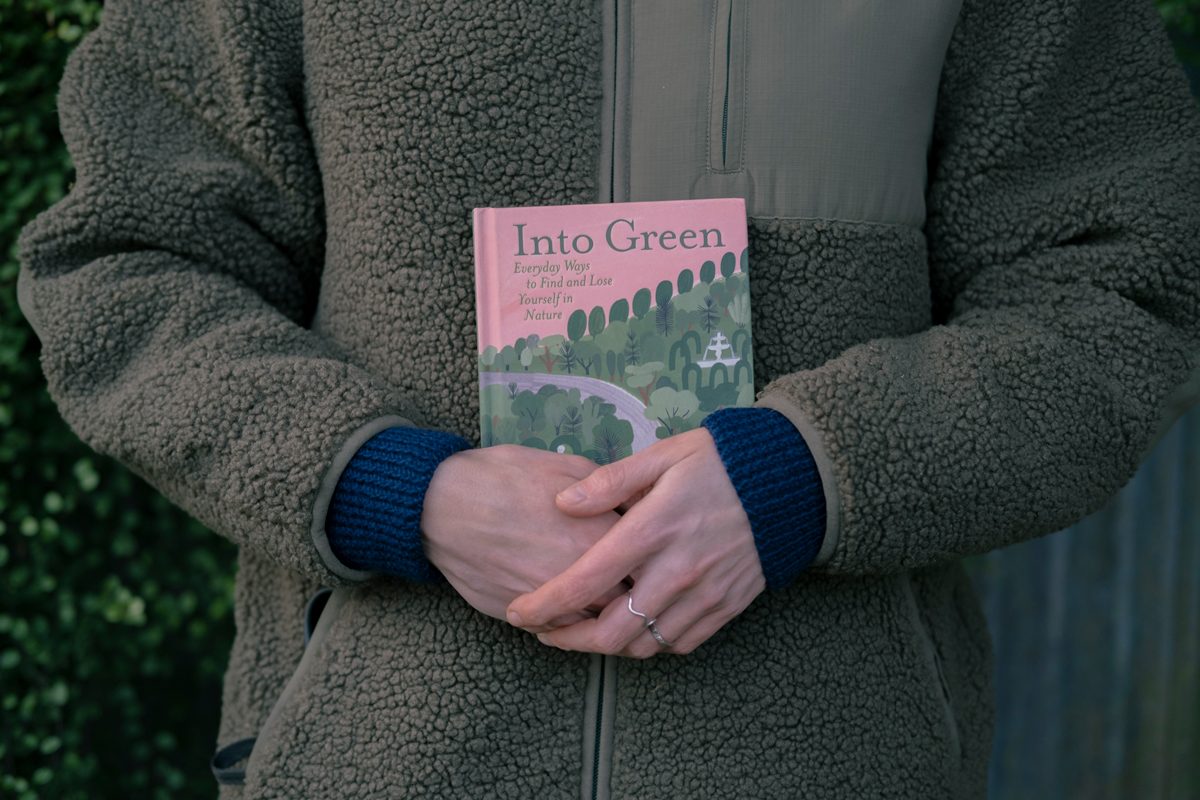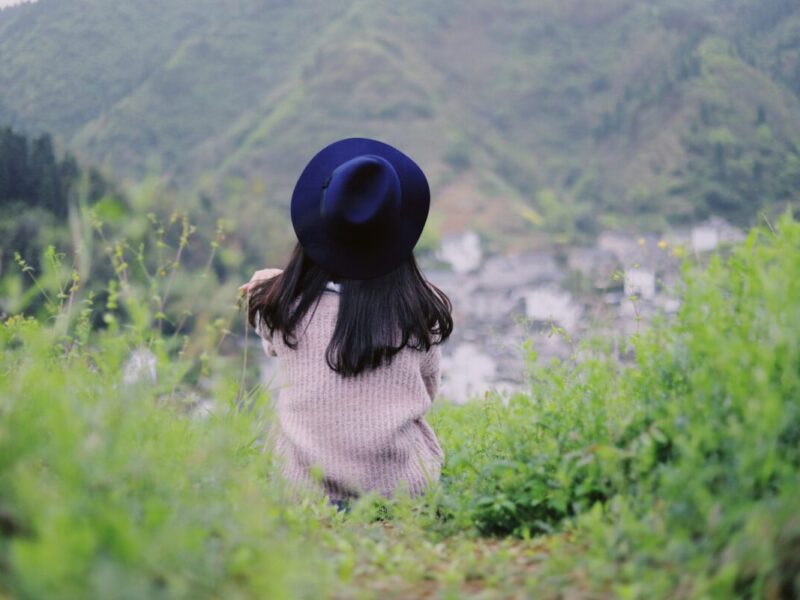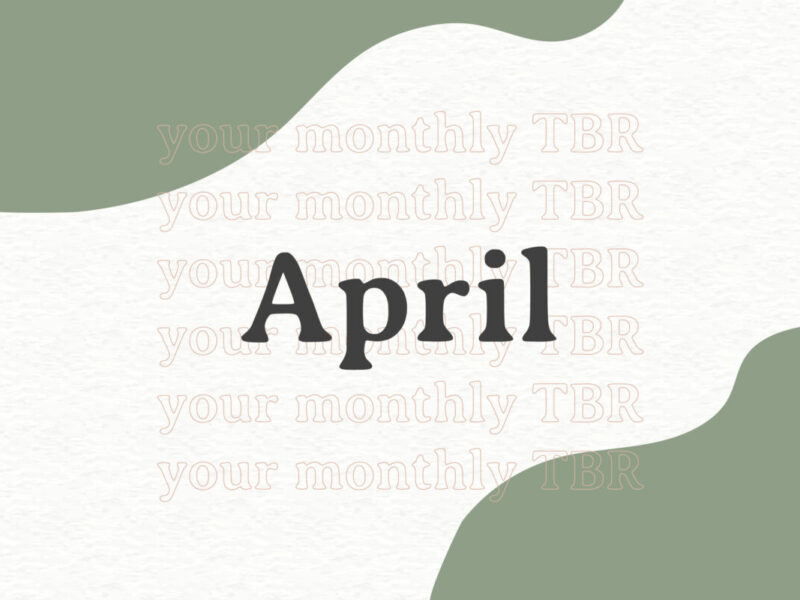3 Insights from Into Green to Incorporate into your Poetry
Earth Day serves as a time to both appreciate nature and interrogate our relationship with the natural world. This is exemplified in Into Green: Everyday Ways to Find and Lose Yourself in Nature, an urban gardening book written by Caro Langton and Rose Ray of UK-based creative plant design studio Ro Co. Throughout Into Green, the authors explore several questions: In what ways can we utilize the gifts of nature to take care of and heal ourselves? How can we create simple routines to deepen our connections with this extraordinary planet we call home?
From indoor and outdoor gardening to drawing nature illustrations to incorporating aromatherapy into daily life, Into Green is an inspiring guide on how to connect with the earth. Appreciating simplicity, cultivating creativity, and embracing progress over perfection are themes found throughout the book—important insights that can also be applied when writing poetry.

Simplicity
Langton and Ray discuss the importance of nature being readily accessible, a down-to-earth approach to experiencing the benefits of Earth’s healing abilities—finding gratitude in the simplicity of nature, in being in nature’s presence, no matter how ‘imperfect’ a landscape, plant, or garden appears.
The authors write:
“The less you think of nature as something that should be pristine and untouched, and that is perhaps out of reach, the wider, less expensive, and more inclusive it becomes. If you can value small, local scraps of wilderness, you will gift yourself delightful moments of connection.”
(Page 2)
Whether you’re sitting outside and feeling the sun’s warmth on your face, observing the way light floods your room during golden hour, or watching tree branches sway in the wind, noticing the beauty in small, quiet, humble moments is valuable when writing poems. Creatively translating these everyday, seemingly mundane experiences into poetic metaphors will allow you and your readers to appreciate the little things on a deeper emotional level. Building this technique will, in turn, provide you with constant inspiration for your craft.
Creativity
In a section entitled “Headspace,” Langton and Ray describe the importance of creating a specific space for creativity, using outdoor gardening as an example.
“One powerful thing that makes a plot of land or a garden so enticing is the act of taking ownership of a defined space. Knowing that this plot is your responsibility and having physical boundaries for your planting experiments can be a thrilling challenge. It’s as if that set place welcomes a new headspace, a new you.”
(Page 40)
Poets can apply this insight to their craft. Curating a personalized space with elements you love, like a comfortable desk and chair or collected decor items, will similarly put you in a writing headspace, allowing your creativity to freely flow without distraction.
Progress over perfection
Writers know all too well the challenges of creativity. Coping with rejection, second-guessing your voice, and comparing your work to others’ are part of one’s writing journey. Langton and Ray dedicate an entire chapter to understanding the purpose of failure when starting new projects, aptly named “Fail.”
“Being creative isn’t easy. At least, that’s how you might feel when you begin to act on your desire to nurture and grow plants. Ingrained fears of doing things badly can crop up when experiments go wrong, or even put you off trying in the first place. (new paragraph starts here) The truth is, learning to be more adventurous—and daring to lean into the often unpromising result—requires a willingness to fail, possibly even to receive criticism.”
(Page 61)
Like learning more gardening skills after your first plant dies, a rejected submission can motivate you to further hone your craft and search for other opportunities.
For more insights and inspiration, pick up a copy of Into Green (out now), or follow Rose and Caro on Instagram.




